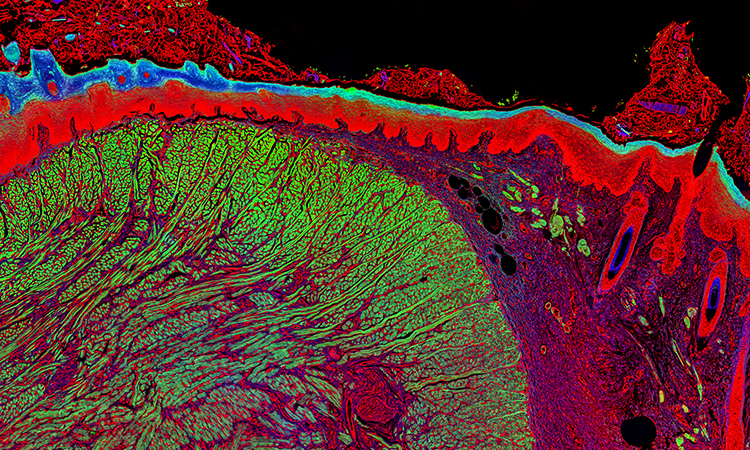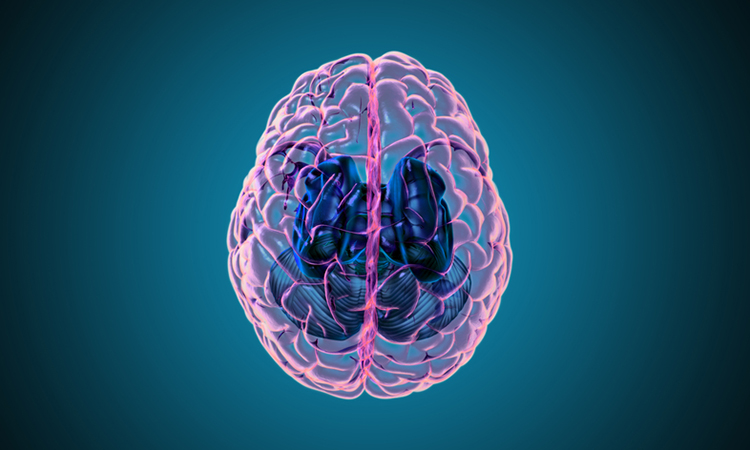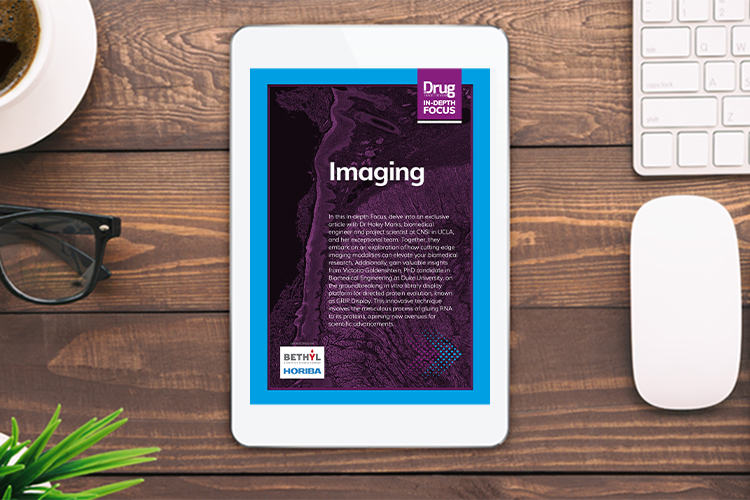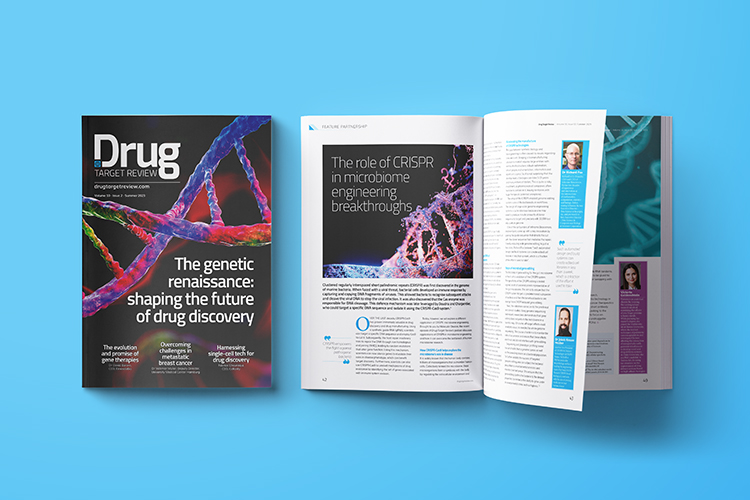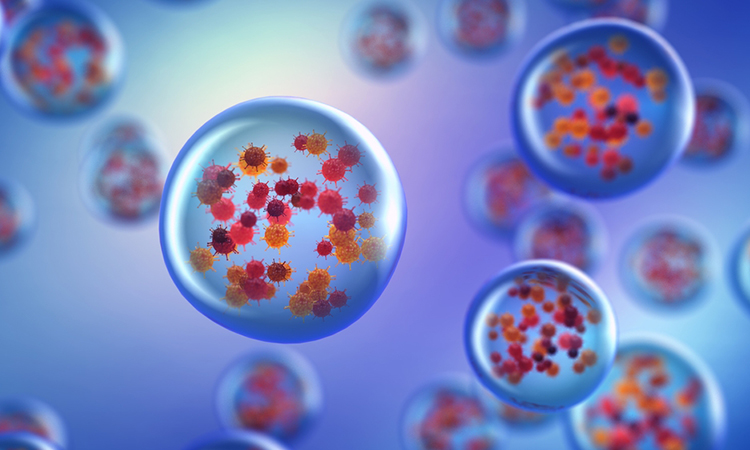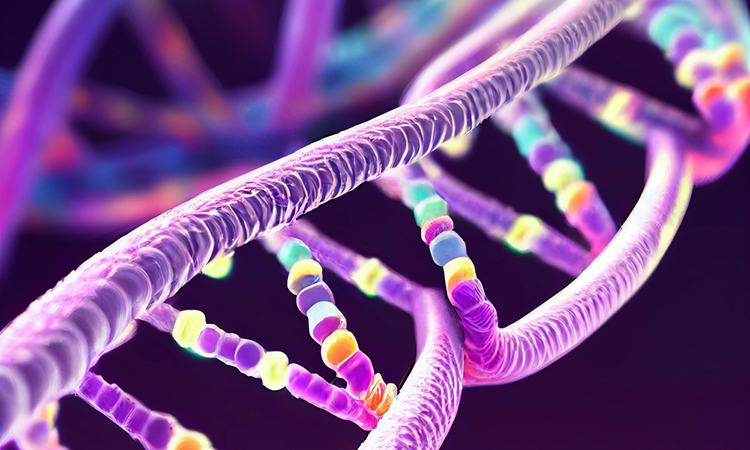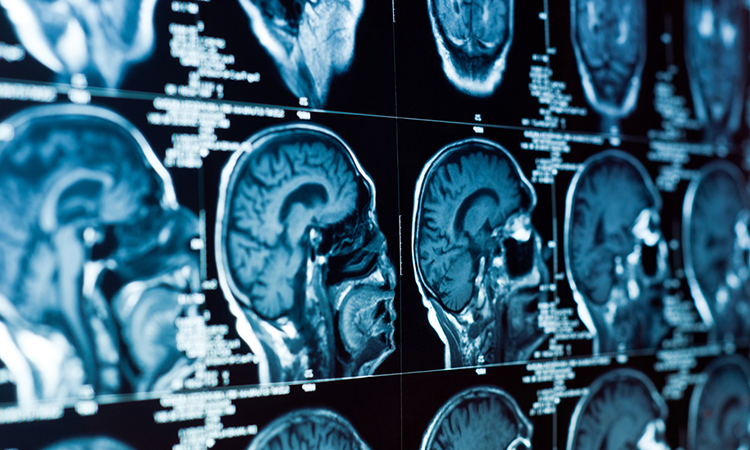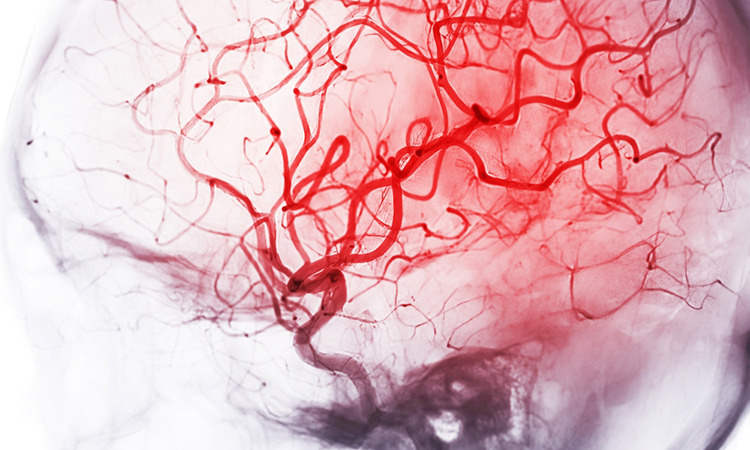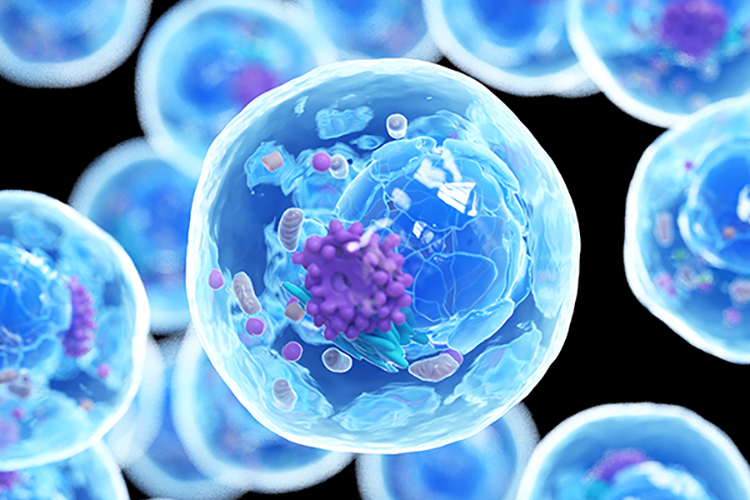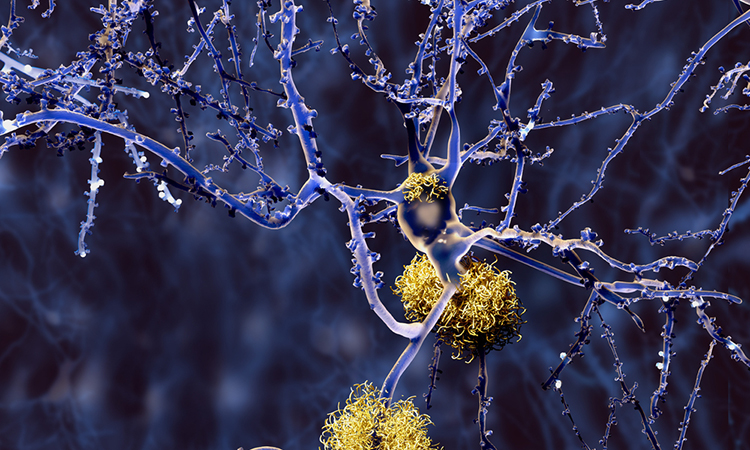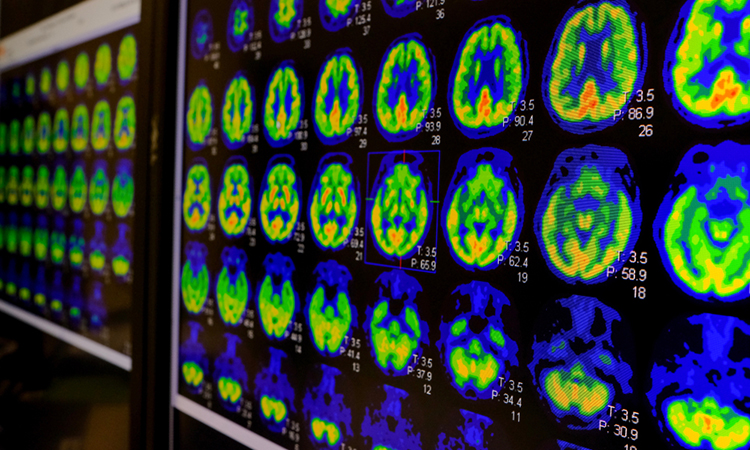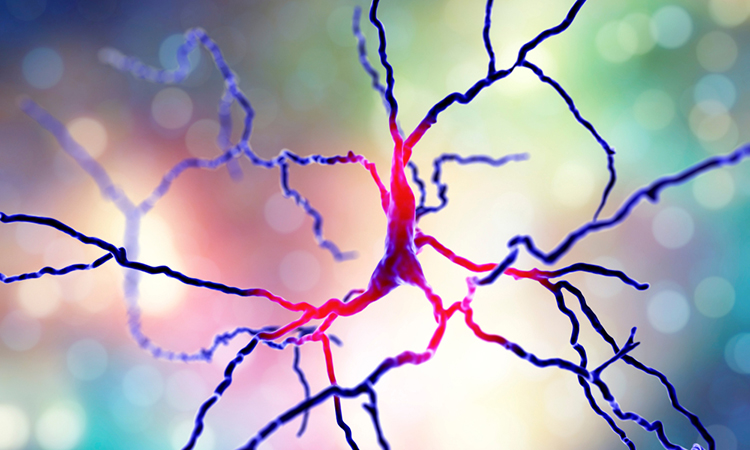More than just a microscope: how advanced imaging modalities can take your pharmaceutical research to the next level
When you think of microscopy for drug discovery, you may picture images of fixed cells or histologically stained sections of biopsies, collected long after a drug has taken effect. Instead, imagine watching drug responses in real time in whole living animals, visualising drug delivery vehicles at nanoscale and removing the…



